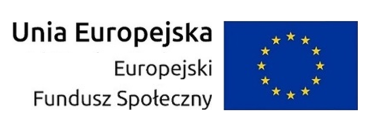- Prelegent(ci)
- Marta Bogdał
- Afiliacja
- UW i IPPT TEAM
- Termin
- 10 maja 2013 12:15
- Informacje na temat wydarzenia
- 3
- Seminarium
- Seminarium „Matematyczne modele ekspresji genów i sieci regulatorowych”
Apoptosis is a tightly regulated process: cellular survive-or-die decisions cannot be accidental and must be unambiguous. Since the suicide program may be initiated in response to numerous stress stimuli, signals transmitted through a number of checkpoints have to be eventually integrated. In order to analyze the possible mechanisms of the integration of multiple pro-apoptotic signals, we constructed a simple model of the Bcl-2 family regulatory module. The module collects upstream signals and processes them into life-or-death decisions by employing interactions between proteins from three subgroups of the Bcl-2 family: pro-apoptotic multidomain effectors, pro- survival multidomain restrainers, and pro-apoptotic single domain BH3-only proteins. Although the model is based on ordinary differential equations (ODEs), it demonstrates that the Bcl-2 family module behaves akin to a Boolean logic gate of the type dependent on levels of BH3-only proteins (represented by Bad) and restrainers (represented by Bcl-xL). A low level of pro-apoptotic Bad or a high level of pro-survival Bcl-xL implies gate AND, which allows for the initiation of apoptosis only when two stress stimuli are simultaneously present: the rise of the p53 killer level and dephosphorylation of kinase Akt. In turn,a high level of Bad or a low level of Bcl-xL implies gate OR, for which any of these stimuli suffices for apoptosis.
 Nie jesteś zalogowany |
Nie jesteś zalogowany |



















